Youth sports programs need not exist outside of the classroom — they can thrive right alongside it.
TGA Sports, which stands for “Teach, Grow, Achieve,” is a youth sports franchise company that specializes in before- and after-school enrichment tennis programming. The innovative group uses unconventional spaces — cafeterias, hallways, gyms, multipurpose rooms, and classrooms — to bring sports, like tennis and golf, to 90,000 students nationwide.
TGA’s tennis program is unique in how it brings introductory tennis programs directly into schools with a franchise model that operates in more than 40 markets across the country, including Southern California, the Southwest, and the Mid-Atlantic. Parents pay a fee (ranging from $79 to $199 for 4-12 weeks of instruction) for their kids to participate, and TGA provides all the equipment necessary to learn the sport. Some scholarships are available to offset costs through the organization’s foundation.
The response has been overwhelmingly positive, particularly because TGA’s curriculums are designed to be an extension of what’s being learned in the classroom. Every class includes physical fitness, academic concepts, and rules and etiquette lessons.
“Our multi-level, station-based curriculums include sport skill development, rules and etiquette, life lessons, physical fitness, academic subject integration, and STEAM [science, technology, engineering, art, mathematics] labs related to the sport,” says Joshua Jacobs, chief executive at TGA. “Parents appreciate the programs because of the safety parameters around the curriculum, the fun kids are having, and the fact TGA brings the programs right onto school campuses.”
The setup has been particularly effective in introducing kids to news sports. TGA claims that of students ages 5 to 13 (kindergarten through eighth grade) who sign up to play tennis through the TGA Premier Tennis program, nearly 70% and their parents had never played the sport before.
“Golf and tennis are the two main individualistic sports that have inherent life lessons and values built into them,” Jacobs says. “We at TGA believe ‘sports change lives,’ and these were the best two [activities] to deliver that message.”
The United States Tennis Association (USTA), the governing body for the sport, recognized the importance of youth programming for future sustainability after a period of stagnant growth and decreasing participation in tennis. In addition to signing a national partnership with TGA in 2012, the USTA has developed a variety of successful grassroots programs and campaigns, including community tennis, 10 and Under Tennis, Junior Team Tennis, and Net Generation to boost the profile of the sport for athletes of all ages.
The sport’s popularity has grown recently as parents seek individual sports with fewer chances for injuries to youth athletes. Its numerous benefits for participants include improved cardiovascular health, an opportunity to build friendships and practice sportsmanship, and the opportunity to learn a game that can be enjoyed at any age. Data from the USTA even shows students are more likely to have better grades and be more community-minded when they play tennis in their youth.
TGA’s commitment to providing opportunities for participation in tennis and golf is part of a larger movement to curtail early sports specialization in line with recommendations from the American Development Model by the United States Olympic Committee.
Recently, TGA ventured into other team sports programs adding flag football, cheerleading, lacrosse, floor hockey, volleyball, and ultimate frisbee to widen the options for students looking to get active.
“There’s a time and place for competition and concentrating on a kid’s aptitude in a single sport, but it’s happening too early,” Jacobs says. “With all the benefits sports have for kids, we need to consider going back 10 years and creating a passion for sports and athletes before identifying a sport for a kid to specialize in.”
It’s a concept that resonates with parents and kids alike. Diana Blackwood, a parent in West Virginia’s TGA Sports program, said that her daughter “has fun and can demonstrate some skills that she’s picking up” without having too much time required on the court every night of the week, all year long, before even starting high school.
“For my daughter, this is just the right amount of activity to keep her engaged until the next step.”








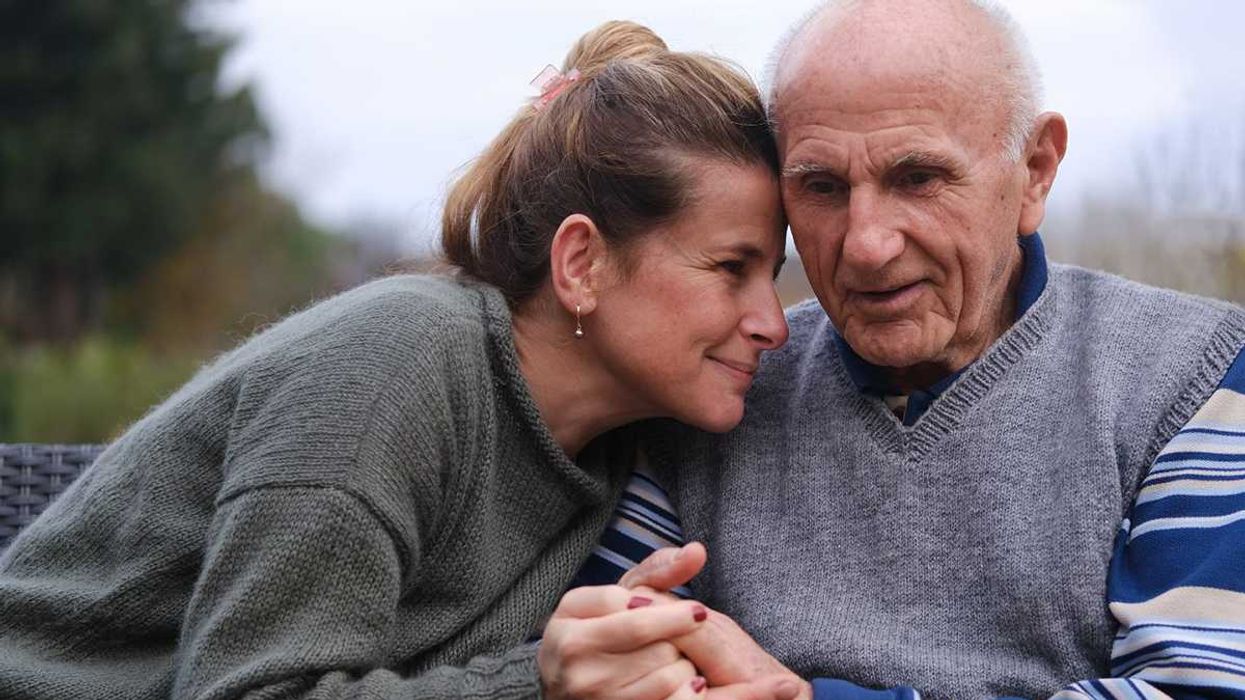







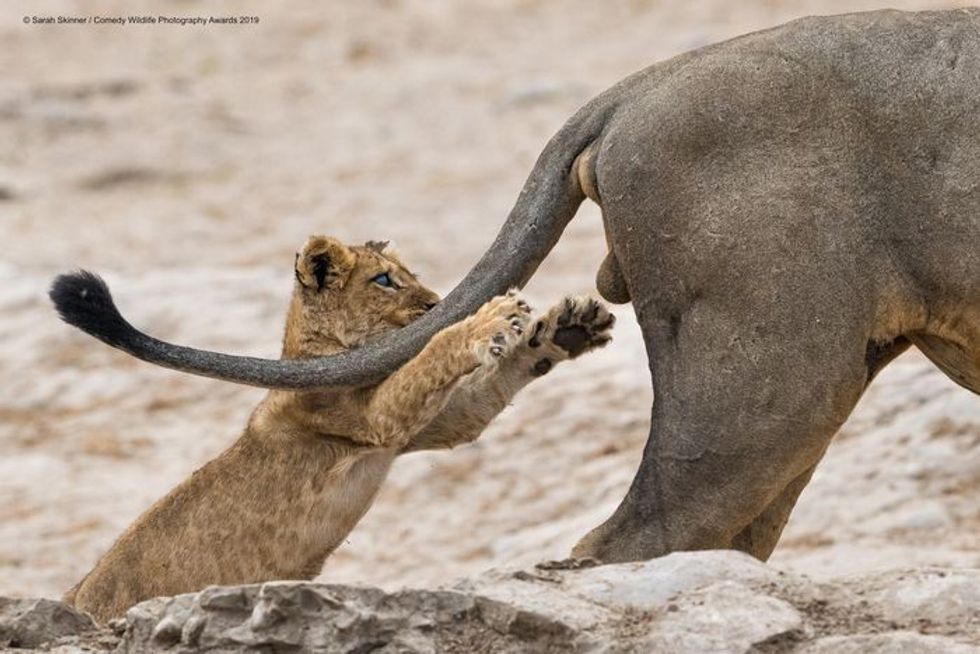 A young lion playing with an older animal
A young lion playing with an older animal A colorful bird appears to be yelling at it a friend
A colorful bird appears to be yelling at it a friend An otter appears like it's holding its face in shock
An otter appears like it's holding its face in shock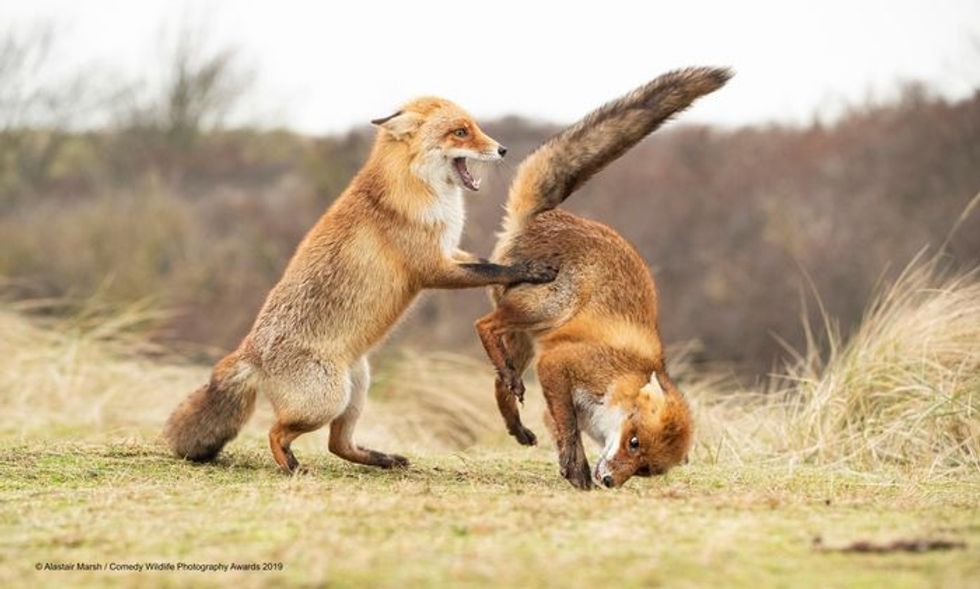 Two young foxes playing in the wild
Two young foxes playing in the wild Two otters appear to be laughing together in the water
Two otters appear to be laughing together in the water A fish looks like it's afraid of the shark behind it
A fish looks like it's afraid of the shark behind it A bird appears to be ignoring their partner
A bird appears to be ignoring their partner A squirrel looks like it's trapped in a tree
A squirrel looks like it's trapped in a tree A bear holds hand over face, making it appear like it's exhausted
A bear holds hand over face, making it appear like it's exhausted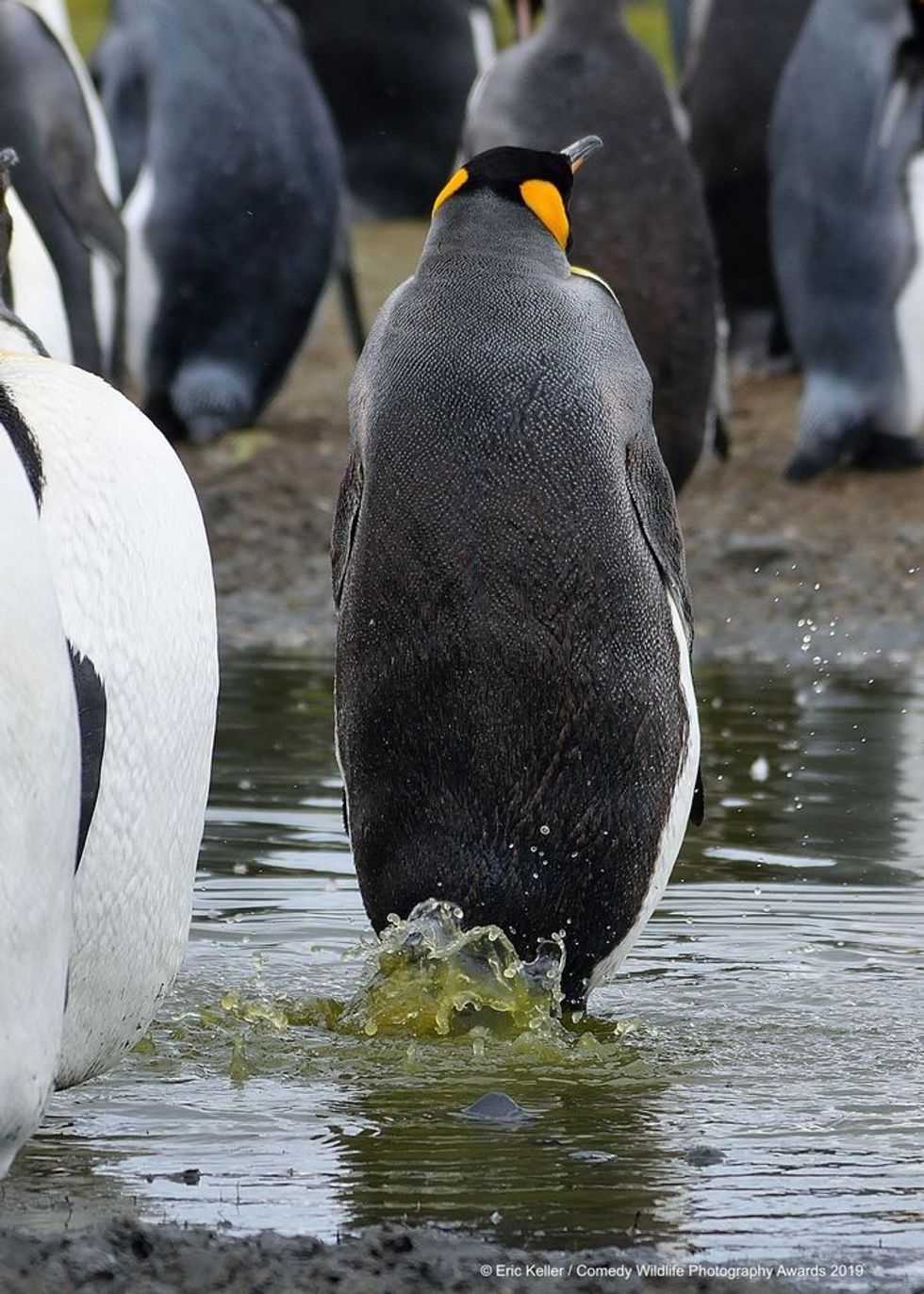 A penguin looks like its trying to appear inconspicuous
A penguin looks like its trying to appear inconspicuous A young squirrel smells a flower
A young squirrel smells a flower An insect appears to be smiling and waving at the camera
An insect appears to be smiling and waving at the camera An otter lies on its side apparently cracking up laughing
An otter lies on its side apparently cracking up laughing Two monkeys caught procreating
Two monkeys caught procreating A young chimp relaxes with its hands behind its head
A young chimp relaxes with its hands behind its head A snowy owl appears to be smiling
A snowy owl appears to be smiling  A monkey holds finger to face as if it's lost in thought
A monkey holds finger to face as if it's lost in thought A turtle crossing the road under a 'slow' sign
A turtle crossing the road under a 'slow' sign A polar bear lies on its back like it's trying to hide
A polar bear lies on its back like it's trying to hide A rodent strikes human-like pose
A rodent strikes human-like pose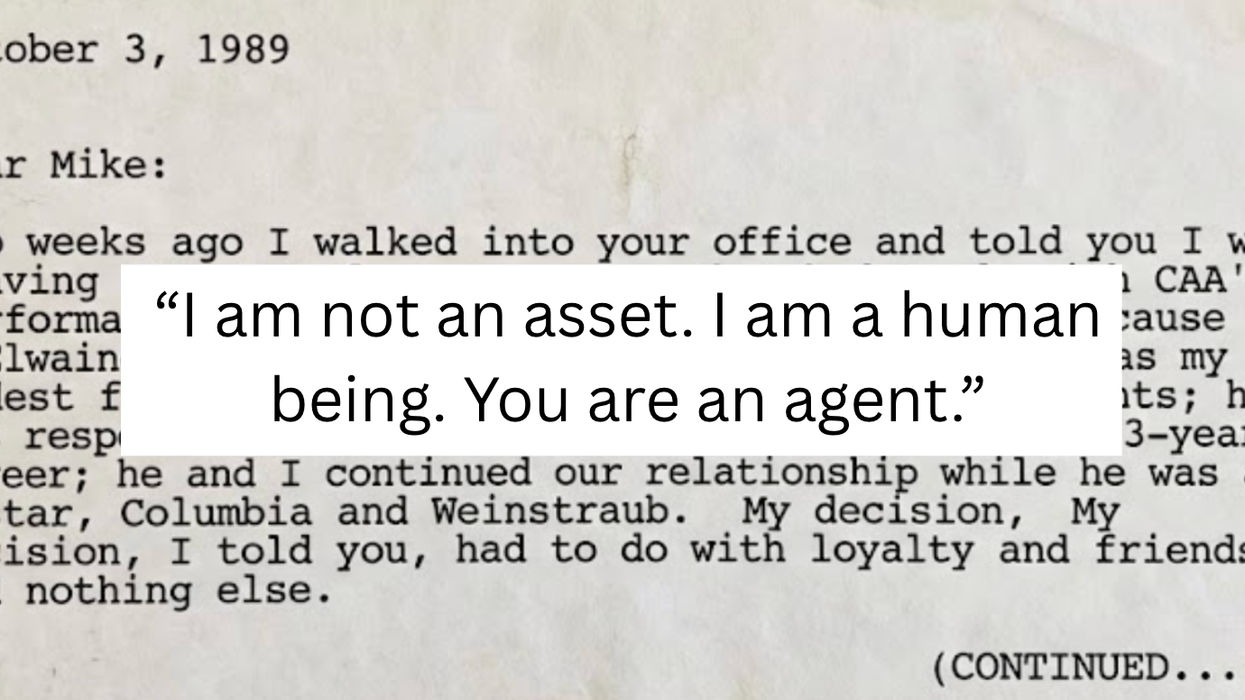
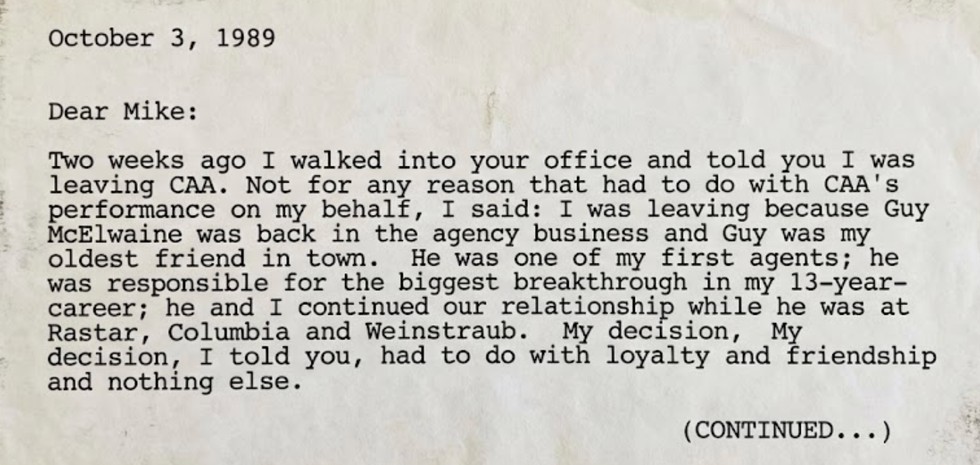 An excerpt of the faxCanva
An excerpt of the faxCanva

 Robert Redford advocating against the demolition of Santa Monica Pier while filming "The Sting" 1973
Robert Redford advocating against the demolition of Santa Monica Pier while filming "The Sting" 1973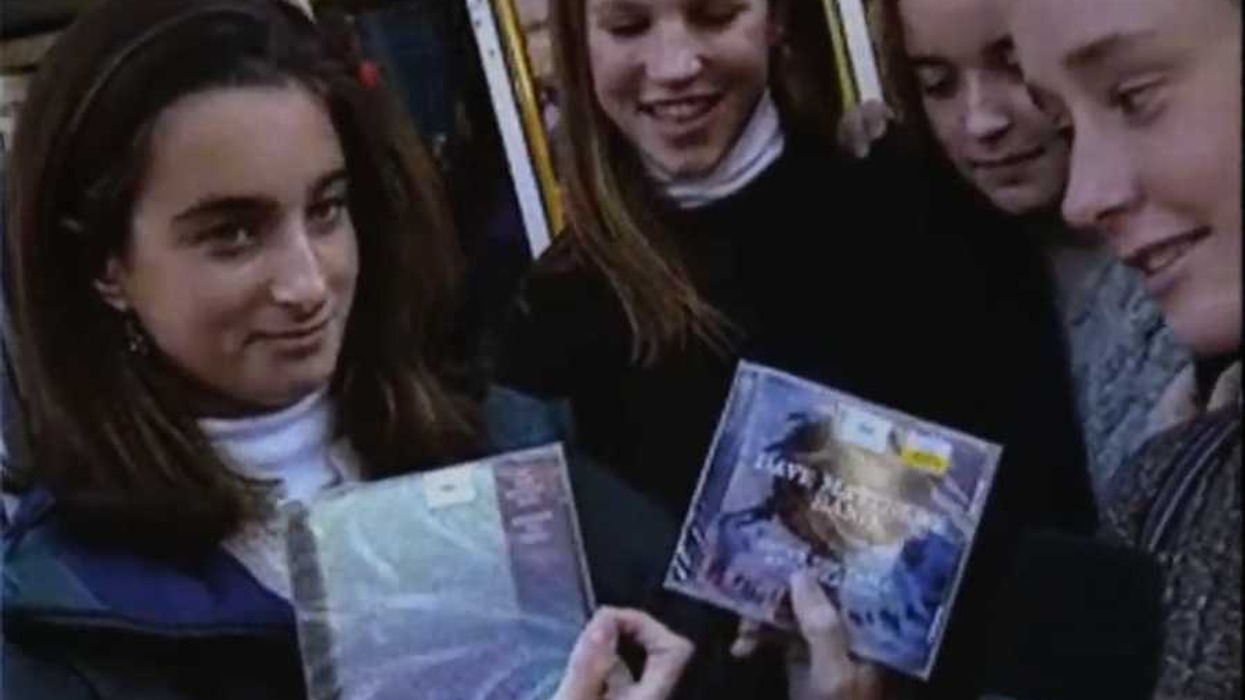


 Image artifacts (diffraction spikes and vertical streaks) appearing in a CCD image of a major solar flare due to the excess incident radiation
Image artifacts (diffraction spikes and vertical streaks) appearing in a CCD image of a major solar flare due to the excess incident radiation